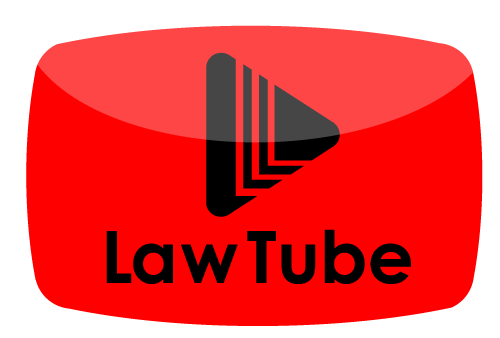Can you trim your neighbor's tree overhanging your property?
You can trim the branches of your neighbor's tree that overhangs your property line as long as you are reasonable. You may not go onto your neighbor's property to trim the tree without your neighbor's permission. If you neighbor's tree or a branch is dead, you should give written notice to your neighbor that he or she will be liable for any damage that it does.
Attorney Rob Solomon: A neighbor who has overhanging limbs onto the driveway, and it's dropping all sorts of leaves and acorns and what have you, what to do. That's the text. This is a great opportunity to talk a little bit about overhanging tree law. I bet you didn't know there was such a thing in Florida. Overhanging tree law has been the subject of a Florida Supreme Court case right from the big guys.
We got instructions on what to think and do about overhanging limbs and here is the skivvy on that which is when a limb crosses your neighbor from your neighbor’s side, a tree on your neighbor's side of the property and crosses the property line and is overhanging onto your property, you own it. You own it right to the property line. You don't own it any further than the property line. As it crosses the property line it becomes essentially your property.
That could be good news or bad news depending on the way you want to look at it because it would certainly give you the right to, as the limb crosses onto your property, to cut the limb. You would have the right to do that under Florida law, but you would also have the responsibility, if you're going to do that, to pay to have it done. It isn't the neighbor’s responsibility to have that done unless the neighbor just wants to be a good neighbor. Other than that, the legal responsibility and the right to that portion of the limb that overhangs the property line is yours.
If you want to take it down, you can take it down up to the property line, but you will also be responsible for having it cut and removed and taken out to the curb or whatever else. That is Florida limb law.
The problem with that is that we get all sorts of permutations on that. What about roots? What happens when a root comes up underneath? We haven't gotten any further guidance. Nobody's had good reason to take a case or to have a case published in Florida that concerns things other than overhang limbs, so we can't say with any certainty whether the same logic would apply to roots.
What you do need to separate out in your thinking about this, are legal responsibilities that derive from trees on neighbor's property that are hazardous. Why are they hazardous? Because they're dead, because they're leaning, because they are situated in a way that anybody who is not being negligent would know that they could potentially cause damage or injury.
Those kind of problems get a separate treatment under the law, and that treatment is part of torch and negligence law, so that those neighbors should be-- their attention should be brought by virtue of a letter or a notice that they stand the risk that if that tree were to fall and something were to get damaged, or somebody on the property were to get injured they would have been on notice that they would have legal liability.
That letter isn't a legal necessity, it's a legal good idea. It makes clear that you notified the neighbor who otherwise should have realized this themselves, but you're doubling down on that and making clear that you are bringing to their attention, this hazard. If they fail to do something about it, and a court were later to determine that they were negligent in that failure, they would have legal liability.
Understand the difference between damaged or dying or hazardous trees, and limbs that come over the property. Those are two separate issues.
